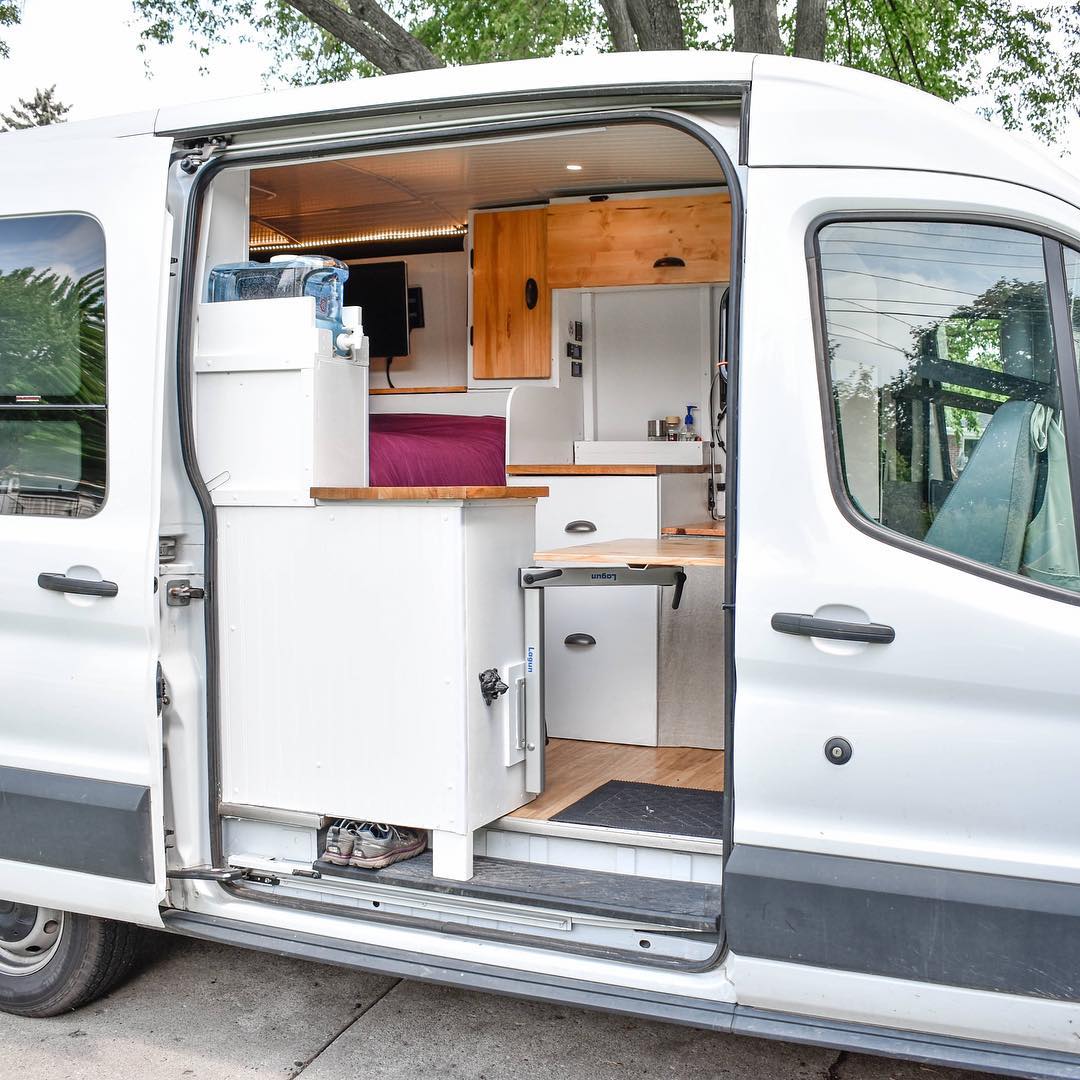Recently, living minimally has become popular as individuals and families strive to streamline their lives and choose a more mobile lifestyle. One of the most intriguing ways to do this is through converting a minibus. Converting a minibus into a mobile home or living area allows you to experience the adventure of the open road while preserving the conveniences of home. Whether you are dreaming of weekend getaways or a full-time experience, a minibus conversion can be designed to fit your needs.
This guide will take you through all step of the minibus conversion process, from choosing the right vehicle to planning the best layout for your fresh mobile living space. We'll delve into key considerations such as the variances between DIY conversions and engaging professionals, essential features for a luxurious camper, and effective solutions for off-grid living. If you’re looking for a cozy camper, a mobile office, or even a food truck, our thorough approach will help you guide this exciting journey towards minimalist living in style.
Commencing with Mini-bus Conversions
Starting on a mini-bus conversion journey is an exciting move towards simplistic living. To get started, it is essential to determine your objectives for the conversion. Will it serve as a snug camper for short getaways, a mobile office for your freelance work, or perhaps a food truck to kickstart your culinary dreams? Understanding you can check here will help shape your design choices and budget considerations.
Once you've determined the intended use, your next step is to pick the appropriate minibus for the job. Investigate various variations and their features to determine which most fits your needs. Consider aspects like capacity, ease of driving, fuel economy, and any additional adjustments that may be necessary for your specific conversion type. Popular options for conversions include the Volkswagen Transporter, Ford Transit, and Mercedes Sprinter Van due to their versatility and accessibility.
With your minibus picked, it's time to plan the design layout. Sketch out your concept, keeping in mind important aspects such as living quarters, essential amenities, and storage ideas. A well-thought-out layout will optimize your minibus's functionality while enhancing convenience. Take measurements inside the vehicle to ensure that your concepts convert well into the actual space you have to utilize with, and keep in mind to incorporate your personal flair into the layout.
Essential Features and Design Tips
When designing your minibus remodeling, it is essential to consider the necessary aspects that will enhance your living space. Start with a comfortable sleeping area, as this will be your chief function for the minibus. A flexible seating and sleeping arrangement can save space and add utility. Opt for memory foam mattresses for added comfort, and include durable bedding that can withstand wear. Storage solutions like under-bed storage solutions and ceiling cabinets are vital for maintaining a tidy environment while maximizing the limited space.
Designing the layout of your minibus camper is equally important. Functionality should take precedence, so think about the movement dynamics within the space. An spacious design can create an perception of larger space, while striving to keep necessary amenities close at hand. Consider incorporating a compact kitchenette with basic kitchenware, such as a compact stove or microwave, and a mini-fridge. Also, adding a collapsible table can offer you with a dining area when needed, and it can easily be stored to create more room.
Finally, don’t overlook the importance of aesthetics and individual flair in your design. Choose soft colors and materials to brighten the interior and make it feel larger. Adding windows or skylights will enhance daylight, creating a welcoming atmosphere. Incorporate decorations that reflects your style, whether through wall art, cushions, or curtains. Sustainable materials and eco-friendly options can also align with minimalist living principles, further improving your overall minibus conversion experience.

Financial Outlay, Legal Requirements, and Implementation Considerations
When starting a minibus renovation, comprehending the financial implications is vital. The overall cost can vary significantly based on the extent of the modifications, the materials used, and whether you choose to DIY or hire professionals. On average, most conversions can vary from a few thousand to tens of thousands of monetary amounts, depending on the features you wish to include. Budgeting for surprise expenses is also sensible, as they often arise during the conversion process.
Legal frameworks play a crucial role in the conversion experience. It is critical to understand local regulations and requirements regarding vehicle modifications. Depending on your jurisdiction, you may need to have your converted minibus evaluated and licensed as a different vehicle type. This could involve obtaining specific permits and conforming with safety standards, which could impact your design choices and overall costs. Ensure that you have done your homework so that you are in compliance with all pertinent regulations.
Functional aspects are equally vital for a successful conversion. Think about the goal of your minibus, whether it’s for vacationing, entrepreneurial purposes, or community transport, and design accordingly. Planning the layout efficiently will maximize space utilization and comfort. Moreover, consider factors such as insulation for varying climates, storage solutions for gear and necessities, and the installation of critical systems like electrical, water, and waste management. By considering these aspects, you will not only enhance the usability of your minibus but also avoid common pitfalls that many first-time converters face.
